For a complex electromechanical product that is a cyber–physical system (CPS), its dynamic behaviors are embodied in the closed-loop control between the logic process in its cyber component and actual actuators/sensors in its physical component, and thus, a well-defined model of the control is important to create a digital twin that acts as much like the real machine as possible.
Recently, Professor Zhenyu Liu from Zhejiang University and his colleagues proposed aPetri nets (PNs)-based modeling solution that employs hybrid PNs (HPNs) for physics and system of sequential systems with shared resources (S4R) nets for logic in building a hierarchical control model, and the work was published in IEEE Transactions on Systems, Man, and Cybernetics: Systems.
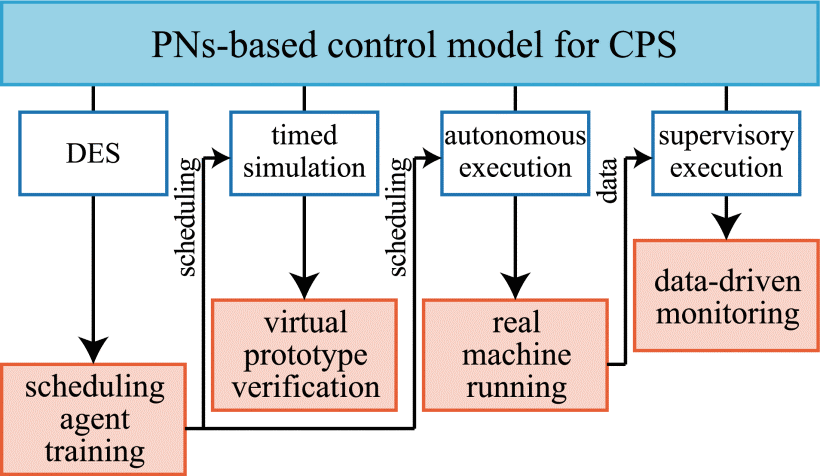
The authors first introduced the background of a cyber–physical product case, namely, the chemiluminescence immunoassay (CLIA) analyzer and decomposed it to system layer, module layer and mechanism layer. They further considered driving data and the sensor data through a medium of PNs-based control models to reflect the geometry status and the process logic status of the product simultaneously. They also proposed a hie
rarchy of PNs to consider both the logic control and the physical control.
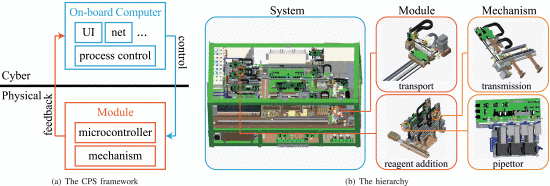
The authors proposed a four-parts HPNs-based phyPNs template to module the physical layer, and a three-step based S4R net-based lgcPNs modeling to model the logic layer. To implement the overall control of the CLIA analyzer, the executions of the PNs models in physical and logic layers were activated at proper opportunities by feeding external tokens to their pb. The authors also deployed PNs models on the three layers with their players on the onboard computer and the microcontrollers, respectively, to obtain a high-level abstract control action layer by layer and to transform into the operations of actuators and sensors in the physical component.
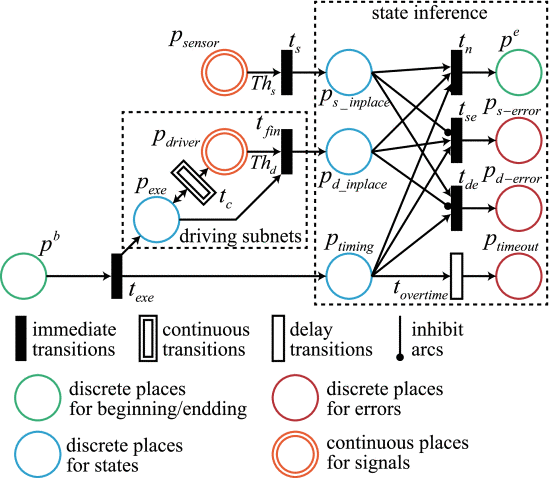
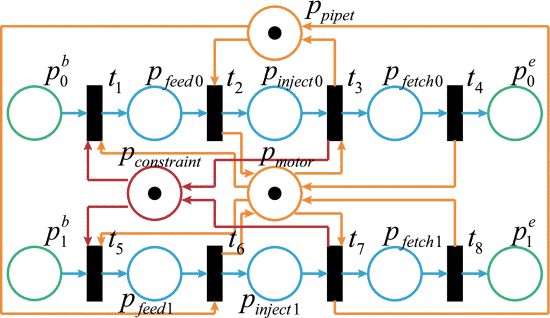
The authors further illustrated PNs technologies for implementing a smooth transition and bidirectional mapping from the virtual prototype to the real machine. These technologies involved a PNs integration of a reinforcement learning (RL) method for generating a workflow scheduling agent in design, an extension of PNs definitions that is compatible with the microcontroller for easy deployment in manufacturing, and an architecture of PNs execution recording for data-driven monitoring in service.
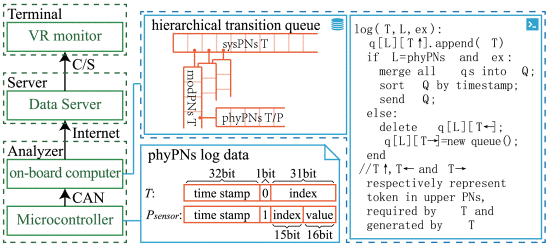
Professor Liu and his colleagues also described the software kit for the control modeling solution, including the PNs integrated development environment (IDE) for control modeling, analysis and deployment, VR tools for quickly building of the virtual prototype, and a monitor server for remote data-driven monitoring.
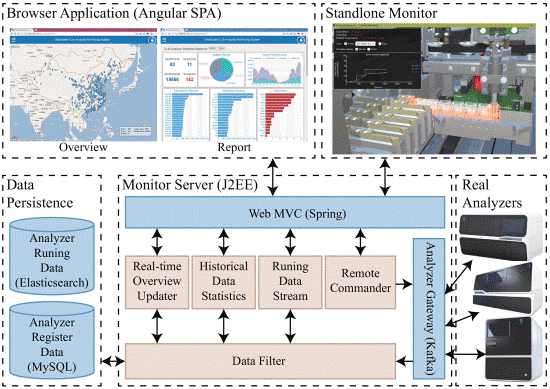
The software solution with an IDE for PNs modeling, verification and deployment was successfully piloted in the case of CLIA analyzer development, and the authors hope to enhance the usability and the versatility of software in PNs community.
To access the full article, please visit https://ieeexplore.ieee.org/document/9844011.
About Professor Liu
Professor Liu is the deputy dean of the School of Mechanical Engineering of Zhejiang University, the deputy director of the State Key Laboratory of Computer-Aided Design and Graphics of Zhejiang University, and deputy director of the Institute of Design Engineering of Zhejiang University. He also serves as director of the Professional Committee of Product Information Modelling of Chinese Society of Graphology, and is currently an Adjunct Professor of Shanghai Institute for Advanced Study of Zhejiang University (SIAS).
As a leader, he has led a number of national, provincial, ministerial, and major enterprise-commissioned research projects, including National Key R&D Programme, 973 Projects, National Natural Science Foundation of China, and Zhejiang Province Key R&D Programme. He has published in ASME Journal of Mechanical Design, Robotics and Computer-Integrated Manufacturing, Mechanism and Machine Theory and other journals, and published two monographs Digital Prototyping and Intelligent Manufacturing. He has been awarded a number of national and provincial awards.
Professor Liu’s main research areas are digital intelligent design, including digital twins, intelligent design and machine learning, computer vision and intelligent recognition, and industrial robotics.
About SIAS
Shanghai Institute for Advanced Study of Zhejiang University (SIAS) is a jointly launched new institution of research and development by Shanghai Municipal Government and Zhejiang University in December, 2020. The platform represents an intersection of technology and economic development, serving as a market leading trail blazer to cultivate a novel community for innovation amongst enterprises.
SIAS is seeking top talents working on the frontiers of computational sciences who can envision and actualize a research program that will bring out new solutions to areas include, but not limited to, Artificial Intelligence, Computational Biology, Computational Engineering and Fintech.

